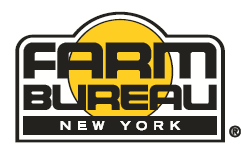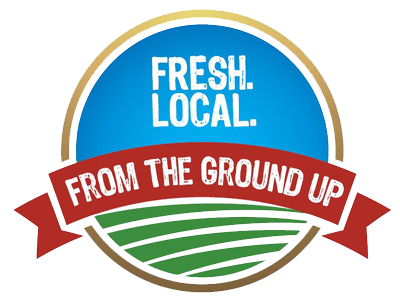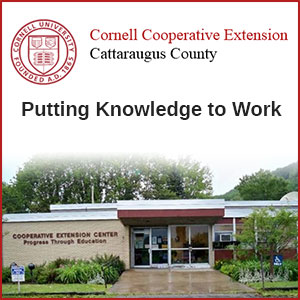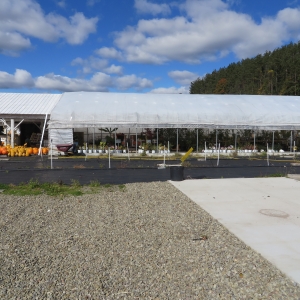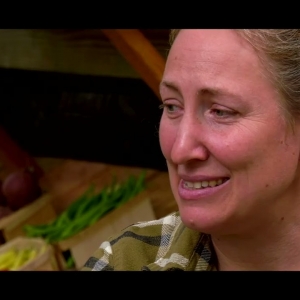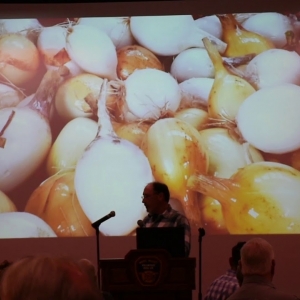Other Ag News: Release: Budget Bill Steamrolls Farm Bill Future, Slashing Billions
FOR IMMEDIATE RELEASE
Contact: Laura Zaks
National Sustainable Agriculture Coalition
press@sustainableagriculture.net
Tel. 347.563.6408
Release: Budget Bill Steamrolls Farm Bill Future, Slashing BillionsWashington, DC, May 13, 2025 – Yesterday evening, the House Agriculture Committee released its budget reconciliation bill text. Although a Congressional Budget Office (CBO) score was not yet available, summary materials provided by the Committee claim the bill slashes over $290 billion from the farm bill baseline, while increasing spending by roughly $60 billion. The Committee is scheduled to begin “markup” on Tuesday evening.
“The budget reconciliation bill offers a simple deal – pass up a full, five year farm bill in exchange for dramatically increased farm subsidies funded by hundreds of billions in cuts that will deepen hunger and threaten farmer livelihoods. In its details, the bill falls well short of meaningful steps toward building a fair, responsible, and widely accessible farm safety net, and fails to invest in local and regional supply chains. Any specter of progress in the bill is overshadowed by the evaporation of a full, bipartisan farm bill that supports all of American agriculture,” said Mike Lavender, NSAC Policy Director.
The budget reconciliation text draws heavily from the Farm, Food, and National Security Act of 2024, which did not move beyond the House Agriculture Committee in 2024. Last week, NSAC led 160 farmer-serving organizations in calling on Congressional Agriculture leaders to “stand for a new, full farm bill by rejecting and opposing any and all approaches to budget reconciliation that will reduce market opportunities for farmers and lessen the likelihood of a much-needed full farm bill.”
In addition to hundreds of billions in cuts to the Supplemental Nutrition Assistance Program, the following are select provisions of the House Agriculture Committee’s budget reconciliation bill based on NSAC’s initial analysis:
- Dramatically raises subsidies for commodity production, including a 10 to 20 percent increase to Price Loss Coverage program reference prices and a bump to revenue guarantees under the Agriculture Risk Coverage program.
- Raises payment limits and erodes existing Adjusted Gross Income means tests through exemptions and adjustments for inflation, opening the gates to more taxpayer subsidies for millionaires and absentee landowners.
- Rescinds unobligated Inflation Reduction Act (IRA) funds for the Conservation Stewardship Program, the Environmental Quality Incentives Program, the Regional Conservation Partnership Program, and the Agricultural Conservation Easement Program, building them into the farm bill baseline. The rescission of IRA conservation funding and the increase of farm bill conservation funding removes targeting for popular practices that help farmers deal with the impacts of climate change, including increasingly unpredictable and disruptive weather events.
- Reauthorizes and provides funding for “stranded” farm bill programs, including Scholarships for 1890s, National Organic Cost-Share, and the Organic Production and Market Data Initiative.
The budget reconciliation bill shifts the financial burden of implementing a federal nutrition benefit to states while using the cost savings to further prop up commodity production. Moreover, while the scope of a full, bipartisan farm bill can address the wide ranging needs of food and farm economies and rural communities, the budget reconciliation bill released yesterday leaves behind these critically important issues and programs, including but not limited to:
- Farm loan programs and capital access
- Conservation programmatic improvements, including among them the Urban and Innovative Production Grants and the Compost and Food Waste Reduction Program
- Programs that invest in rural communities, like the Rural Microentrepreneur Assistance Program, Appropriate Technology Transfer for Rural America, Rural Cooperative Development Grants, Rural Business Development Grants, Business and Industry Loan Programs, and the Rural Energy for America Program
- Programs that provide critical training to next generation farmers, like the Farming Opportunities Training and Outreach, including the 2501 Program and the Beginning Farmer and Rancher Development Program, and the Food Safety Outreach Program
- Programs that help farmers access new market opportunities, like the Local Agriculture Market Program, including Farmers Market and Local Food Promotion Programs, Regional Food System Partnership Programs, and Value-Added Producer Grants
- Agricultural research and extension programs, like the Sustainable Agriculture Research and Education Program, Organic Agriculture Research and Extension Initiative, Organic Transitions Program, and Agriculture and Food Research Initiative
- Programs that connect our most vulnerable communities to fresh, local food, like the Community Food Project Grants, Gus Schumacher Nutrition Incentive Program, and the Senior Farmers Market Nutrition Program
###
About the National Sustainable Agriculture Coalition (NSAC)The National Sustainable Agriculture Coalition is a grassroots alliance that advocates for federal policy reform supporting the long-term social, economic, and environmental sustainability of agriculture, natural resources, and rural communities. Learn more: https://sustainableagriculture.net/
The post Release: Budget Bill Steamrolls Farm Bill Future, Slashing Billions appeared first on National Sustainable Agriculture Coalition.
Signup for the Ag Newsletter
Get the freshest farm news, events and updates from in and around Cattaraugus County, NY at least once a month! Go signup!
Other ways to stay connected:
Get Involved in Farming
Resources for Starting a Farm in Cattaraugus County
Profile of Cattaraugus County soils
Agriculture Career Exploration
Questions about farming? Find out Who to Call

